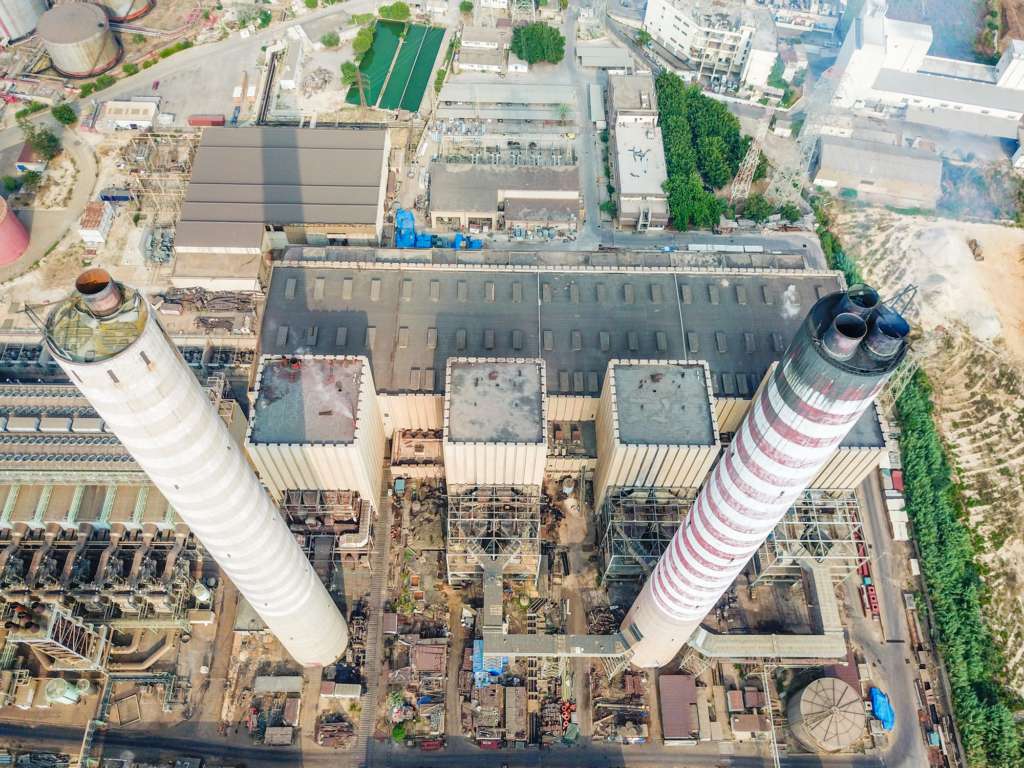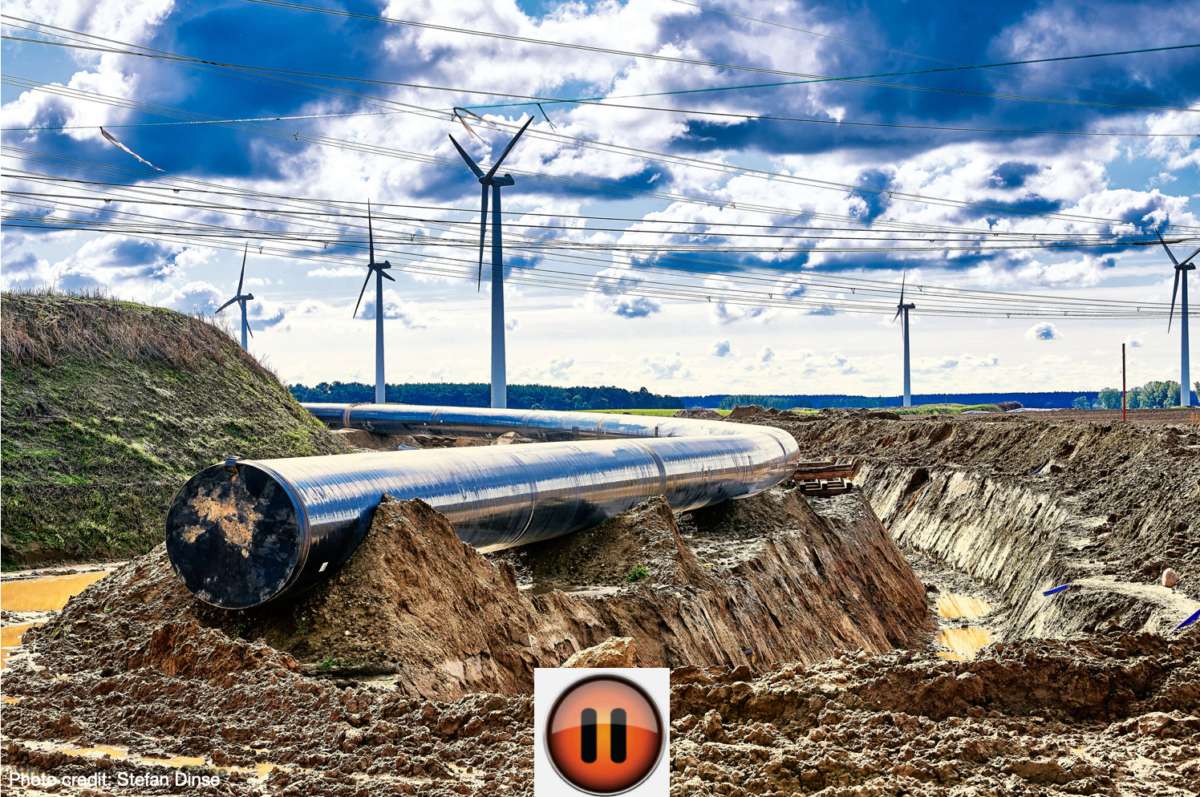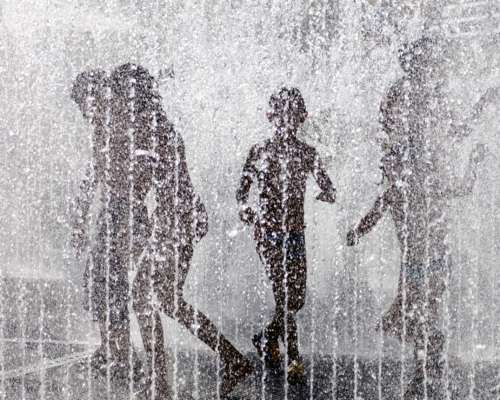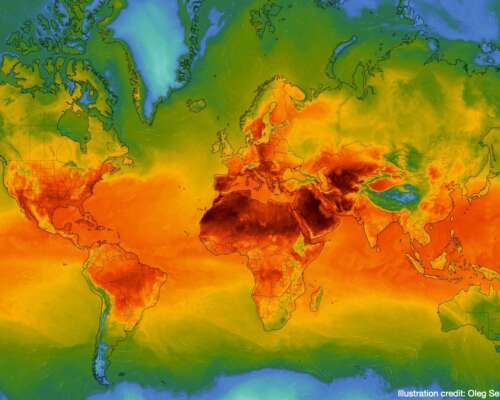Almost everyone on the planet except perhaps for flat-earthers or people wrapped up in conspiracies should be aware that the climate on the earth is changing, and not for the better. If we want to blame someone, we could blame people for the change, though this change has occurred at least several times in the distant past before humans were the dominant species. Perhaps, it happened even on Mars where there are no people, because Mars was likely not always the desert it is today. And then there’s Venus with its phosphine (what’s up with that?) So, it happens. Certainly humans today make it worse or quicken the pace of this change. Burning wood, coal, and oil and gas all contribute to the problem, and today we see alternative, renewable energy as the answer. But (1) we’re going through a global energy crisis at the moment and (2) not every green-friendly innovation is working as we hoped. Consider . . .

- There are almost 100 wind farms Europe, located in the United Kingdom, Germany, Denmark and Belgium, alone. According to a recent article in CNN by Kara Fox, “Power from renewables has been below expectations — in the UK and continental Europe, the summer was less windy than usual, so wind power were (sic) less than expectations.” In other words, wind turbines are promising, but they have their downside as well, because you are at the mercy of the wind, something sailors who traveled the Horse latitudes are well aware of. Therefore, wind is not a reliable source of energy. No wind, no energy. So, Europe seems intend on returning at least temporarily to coal. Says Ralph Schoellhammer, an assistant professor of international relations at Webster Vienna Private University in Vienna, Austria, “All the major parties in Europe fear people at the risk of freezing to death like what happened in Texas in March of 2021 due to widespread energy outages.” Somewhere between 210 and 700 Texas froze to death last winter or died as a result of the storm (e.g. car accidents, falls, etc.) Texas politicians blamed the wind turbines for freezing, but reports say there were not properly winterized.
- Then, there is hydroelectric energy. Take the dam on the mighty Yanztse River in China. This is called the Three Gorges Dam (the Qutang, the Wu, and Xiling the three gorges.) In theory, it is capable of producing a tremendous amount of energy—provided there is adequate rainfall to swell the river. Currently, there has not been sufficient rain as large regions of China are experiencing their worst drought in sixty years, so China is dealing with an energy crisis much as the people in the Southwest U.S. are with the Colorado River not being able to adequately supply the Hoover Dam. In order to end the rationing of electricity and meet export expectations, China is buying as much coal and fuel oil as it can, a step backwards. But what can they do? Meanwhile, western states such as California and Texas have suffered either rolling blackouts or power outages during the past summer for a number of reasons as well.
- Solar power. A country close to the equator can expect the best return on an investment in solar power, because the amount of annual sunlight is the most you can get from anyplace on the planet. As you get further from the equator, however, say 40-60 degrees north or south, the return is less than promising, or profitable. Obviously, the solar cells only work when the sun is visible, so they are nonproductive for many hours each day. Solar energy can be stored in batteries, but these batteries are currently cost prohibitive.

- The news today is that the people of Lebanon will not be receiving their daily two hours of electricity because the two major electrical plants have run out of fuel oil. Lebanon was in the depths of its worst economic crisis in almost 150 years and cannot pay for the fuel it must import. Many Lebanese have private generators, but they are running out of fuel, themselves, and with the Lebanese currency in the tank, most cannot afford purchase anymore fuel.
Other issues, according to an NBC report COVID is at the center of the world’s energy crunch, but a cascade of problems is fueling it include the fact that “India’s coal-fired power stations are running on scraps.1 Dozens of British utilities firms have gone bust. Spain announced emergency legislation after household utility bills shot up more than a third in one year.”
“In Europe reality has now finally caught up with ideology since climate policy has been formulated primarily by NGOs and young climate activists but not [on] the hard scientific evidence,” Schoellhammer told Newsweek. If people in Europe start freezing to death this winter, the ideology behind renewable energy may be sacrificed once it is clear that the pain involved in transition from fossil fuels is more than many people are willing to bear.
As we start to slide over the tipping point of no return, it is difficult to pause and reflect. At present, we have only bad choices and no time to choose. But I wonder whether we’ve thought out the consequences, especially after ruling out nuclear power as an alternative.
1 “In India, monsoon floods have stunted coal production in central and eastern states. This is one reason India’s coal-fired power plants currently have on average just four days’ fuel in reserve” Ibid,



